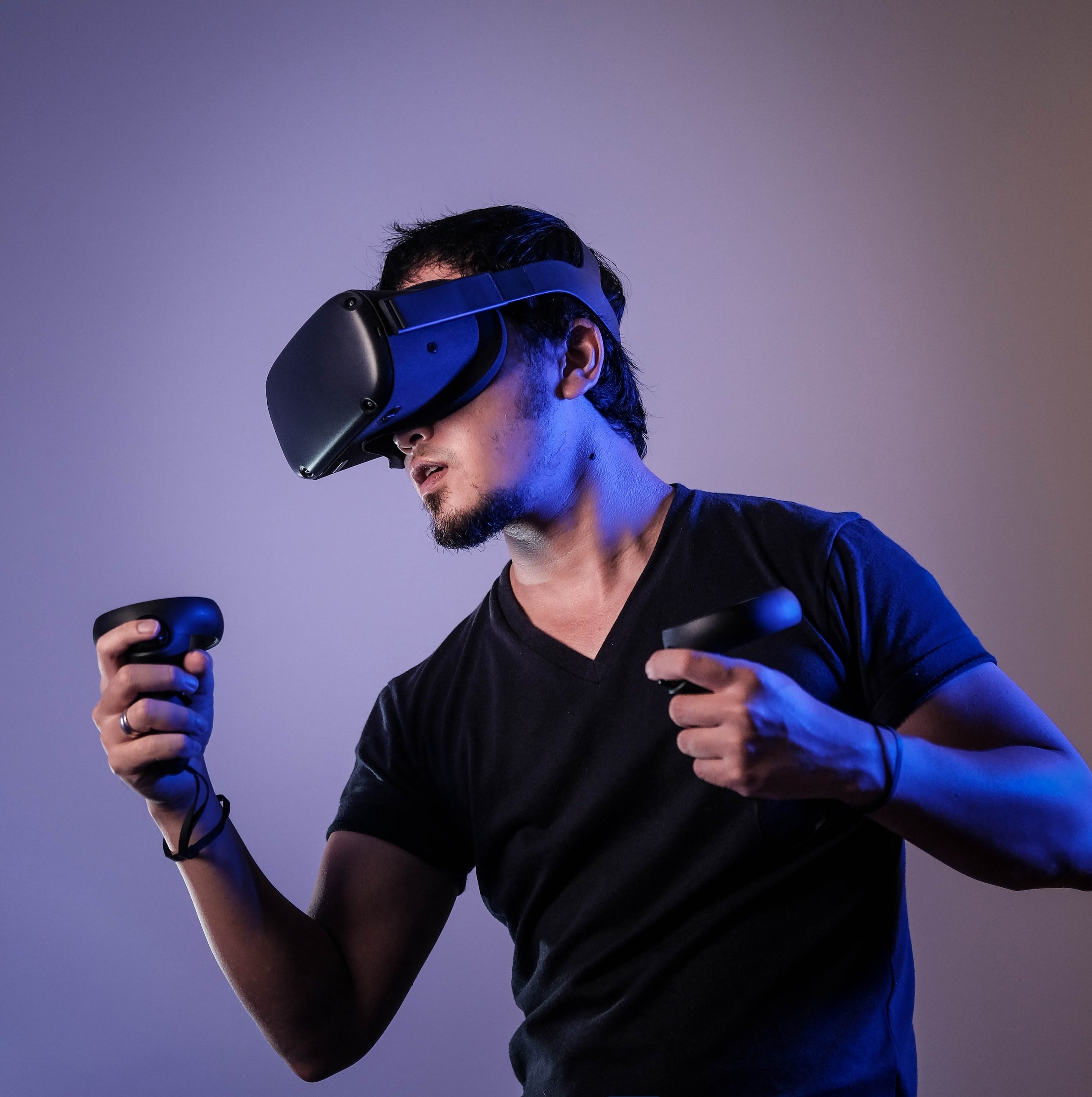Four Common Misconceptions of VR Explained
6.1 million headsets were sold in 2021, according to Statista. Virtual reality is relatively new, and more discoveries are being made each day. Tens of thousands of developers spend hours coding, refining, assessing, and ensuring their products are better than the day before. Every hour, a new enterprise implements virtual reality, from safety training to new employee onboarding, leadership sessions, and PTSD treatment. This relatively recent phenomenon initially intended for gaming use has made its way through the American financial system. JP Morgan, Bank of America, and others have cemented their metaverse space. Comprehensive leadership programs, internal company education programs, and engagement/networking are just one of the serval hundred ways that enterprises are turning to VR.
A quick google search, however, paints a different picture. Those unfamiliar with the technology might read about the misconceptions of VR. We’ll address those in this blog. Here are four common misconceptions about VR.
VR Headset Can Destroy Its User
There has been an influx of reports about an isolated incident, a single headset. This report was started by Palmer Luckey - a VR enthusiast who has worked in the space since 2019. Palmer claims to have made a VR headset that will detonate at the loss of a specific game - allowing you to re-think the risk when entering the game.
Your VR headset will not kill you. Palmer claims to have made a modified headset with unique capabilities. In theory, it’s possible to alter your Xbox or Ps5 controller to burn your hand if you have a poor round at Call of Duty. It’s possible to make your gaming console squirt water at you every time you turn it off.. Or scream, “I’m too sexy for my shirt,” every time you decide to hit the pause button. All these things are possible if you were to modify them. Palmer claims to change his headset.
There’s one headset out of the roughly 16.44 million headsets in the world in which its user claims to modify it with a detonating device. While that could be possible, it’s the user who did it.
No, your VR headset will not kill you, and your PS5 won’t squirt you with water. However, if you put a detonating device in your pillow when you sleep at night, is the pillow the problem?
The Medical View on VR
Scientists have done a great job explaining what happens to your body when you enter VR, and one comparison health experts make to think of it similarly as if you were on a cruise. As researchers describe in the link above, your brain thinks your body is moving but is in a static position. Everyone is unique, but there are ways to address this. Building up tolerance is one way to manage motion sickness. Another critical factor mentioned in the resource is users should be mindful of their journey in VR. An extreme but realistic example is roller-coasters. It would be best if you didn’t ride roller coasters 18 hours a day - be aware of your VR experience and what you’re doing in VR.
Humans are different; therefore, not everyone will have the same experience in VR. Headaches have been reported and shouldn’t be ignored - however. We should look at it the same way as traveling through water on boats or a flight. VR, much like traveling, doesn’t cause any medical conditions.
The PC/VR Question
Using Google’s predictive search, one of the top-asked questions for the keyword VR was: “what PC do I need for VR?”
You do not need a computer, a gaming console, or any technology to get into VR beyond the headset and an internet connection. Of course, there are options like having a virtual reality experience via PC. Remio users, for example, can take part in internal and external company events without headsets via PC and get a similar VR experience. However, a PC is not a requirement for a VR headset. The only need for a VR headset to make virtual reality work is an internet connection and, of course, the headset.
VR Onboarding 101
At Remio - speaking from our own experience, everyone is different. There are technology enthusiasts that understand VR in seconds. Some grasp technology at a different pace and might take a bit longer. In our search, the average is 5 minutes.
It takes roughly 300 seconds for a team to enter Remio, regardless of whether they have a headset. Some users take a bit longer, and others get it right away, but the key to having dedicated onboarding specialists (like most platforms do) will make it easier for you and your colleagues. A common misconception is that it takes days, if not weeks/months, to understand VR, but from our internal research, the answer is closer to five minutes.
Are you looking to learn more about VR?
Fill out the form, and we’ll be in touch to answer any questions or connect via VR.


